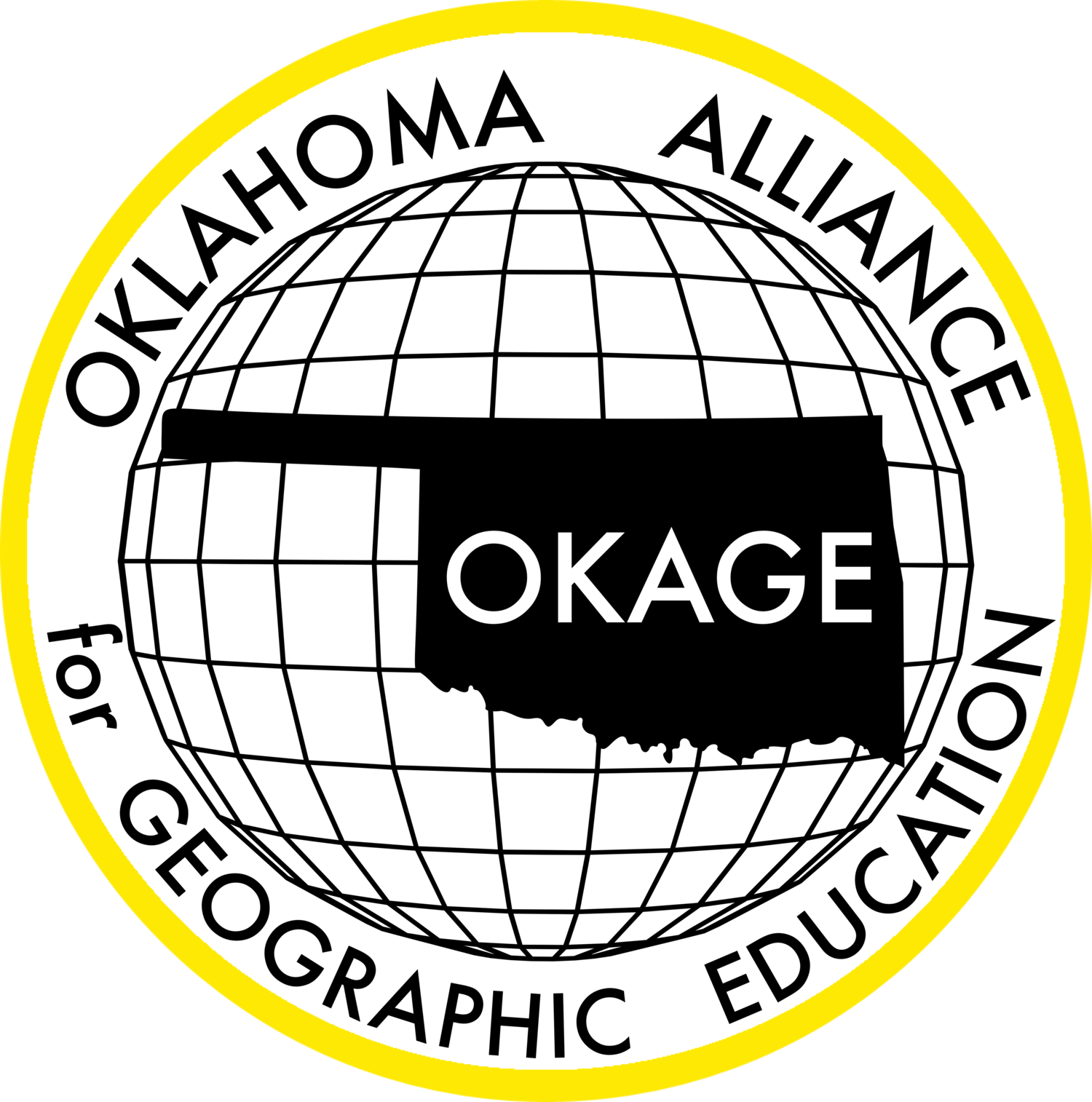Description: The objective of this lesson is to introduce students to natural disasters, which ones occur in the state of Oklahoma, and their aftermath. Students will analyze the spatial patterns of natural disasters in the state using the Giant Traveling Map of Oklahoma. Students will also learn the effects of natural disasters on people and how the government responds.
Grade level(s): Middle School
Standards: OAS, GFL
Produced By: Carole Hollman





















